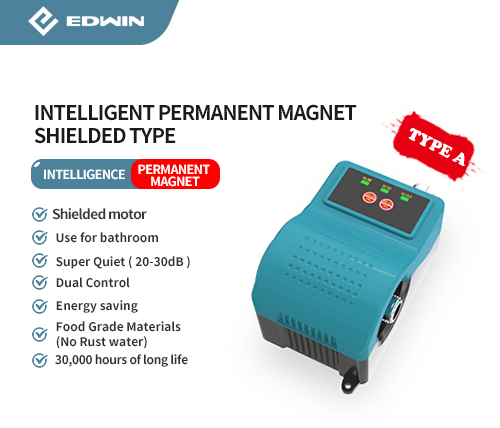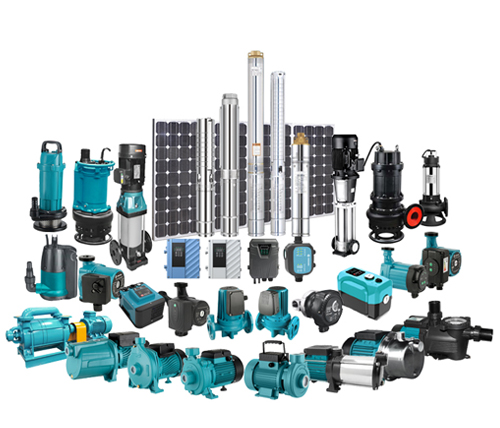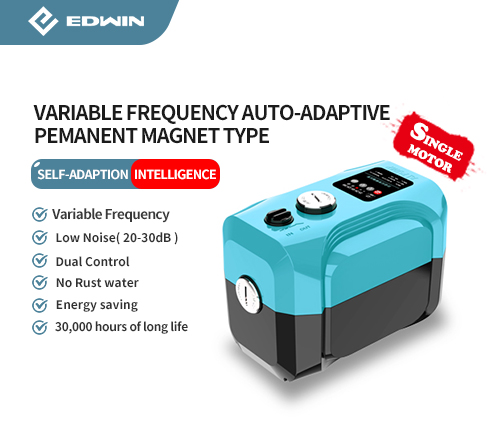
How to turn an AC water pump into a solar water pump?
In order to transition an AC water pump into a solar powered model, please consider the essential steps and components involved:
1. Solar Panel: This serves as the core component of the solar water pump system, acting as the intermediary between solar energy absorption and its transformation into electricity. A suitable solar panel should be selected based on the water pump's power consumption demands.
2. Solar PV Water Pump Inverter: This apparatus transforms the direct current (DC) produced by the solar panel into alternating current (AC) to operate the water pump. Generally equipped with a Maximum Power Point Tracking (MPPT) functionality, this inverter ensures system performance across varying illumination circumstances.
3. Water Pump: Opting for a water pump tailored to your specific needs would prove beneficial. Options range from AC water pumps, DC water pumps, or those engineered specifically for solar applications. The choice should primarily hinge upon the necessary head pressure and volume flow rate.
4. Control System: A sophisticated control system supervises and optimizes the operation of the entire solar water pump, ensuring efficient operation regardless of variations in sunlight and demand levels.
5. Energy Storage Device (Optional): Although not mandatory, energy storage devices like batteries can accumulate surplus power for utilization during nocturnal hours or overcast skies.
6. Installation and Maintenance: Confirming proper installation and engagements in consistent maintenance play a pivotal role in ensuring enduring and reliable system operation.
From the aforementioned insights, noteworthy manufacturers specializing in providing holistic solar water pumping systems, inclusive of photovoltaic water pumping inverters, water pumps, and associated installation and control systems, exist. For instance, the AC photovoltaic water pumping system offered by EDWIN PUMP encompasses a photovoltaic water pump inverter and an AC water pump, capable of adjusting output frequency in real-time in response to fluctuations in sunlight intensity, boasting a conversion efficiency of up to 98%, a head height of up to 325 meters, and a water output of up to 130 cubic meters per hour.

How to evaluate the cost performance and long-term operating costs of a solar water pump system?
When evaluating the economic feasibility and long-term operational expenses of solar water pumping systems, the following crucial aspects must be taken into consideration:
1. Initial Investment Cost: This encompasses solar panels, water pumps, controllers, installation fees, etc. Depending on the scale and intricacy of the solar water pump, the expenditure could fluctuate. For instance, for a well with a depth of up to 300 feet, the estimated cost lies within the range of $2,500 to $3,000.
2. Operational Cost: The running cost of solar water pumps is notably lower due to the fact that the primary energy source – sunlight is complimentary. Nevertheless, the maintenance expense of the battery storage system (if utilized) and the recurring maintenance costs of the water pump and control system should also be factored in.
3. Energy Efficiency: The efficacy of a solar pump hinges on the efficiency of the solar panel, the type of pump, and the sophistication of the controller. Certain systems might exhibit diminished efficiency during inclement weather, hence weather susceptibility and potential back-up energy systems ought to be contemplated.
4. Government Subsidies and incentives: Numerous nations and territories extend subsidies and tax rebates to stimulate the adoption of renewable energy. These incentives can considerably diminish the aggregate cost of a solar pump system.
5. System Life and Depreciation: Solar panels and pumps typically possess a lengthy lifespan, albeit their efficiency might diminish over time. Long-term upkeep and potential replacement expenditures should be accounted for.
6. Environmental Impact: Solar pump systems are eco-friendly as they do not depend on fossil fuels and curtail greenhouse gas emissions. This ecological advantage, although challenging to quantify, is a significant factor for projects aspiring towards sustainable development.
7. Market Demand and Trends: Global demand for renewable energy persistently escalates, particularly in emerging economies, and solar pumps are preferred for their cost-efficiency, ease of maintenance, and environmental friendliness.
8. Technological Advances: With technological progress, the performance and efficiency of solar pump systems may enhance and costs may diminish. This could potentially influence long-term operating costs and the overall cost-effectiveness of the system.
By considering these factors, a thorough evaluation of the cost-effectiveness and long-term operating costs of a solar pumping system can be executed. Given the ongoing evolution of solar technology and the relentless decline in costs, solar pumping systems generally present promising long-term return on investment prospects

Differences in Efficiency between Solar Water Pumping Systems across Climates
The efficacy of solar water pumping systems in varied climactic conditions is influenced by numerous facets, encompassing solar radiation potency, thermic environment, sunlight exposure duration, and meteorological scenarios. Below, we delve into several salient aspects that illuminate the distinctions in the utility of solar water pumping systems based on climatic conditions:
1. Solar Radiation Intensity : Solar radiation intensity significantly impacts the power conversion rate of solar photovoltaics. Regions with robust solar radiation, akin to tropical and desert climates, promise higher operational efficiency for solar water pumping systems. Conversely, locations characterized by frequent cloudiness or overcast conditions exhibit diminished solar radiation intensity, thereby impacting the system's efficiency.
2. Thermic Environment: The thermic environment also influences the functionality of solar water pumping systems. Low temperatures might diminish the efficiency of solar panels, whereas elevated temperatures could to a decline in panel performance. Moreover, temperature also impacts the operational proficiency of water pumps. For instance, centrifugal pumps may face lubrication challenges at suboptimal temperatures.
3. Sunshine Duration: The duration of sunshine dictates the daily operational span of a solar water pumping system. Areas with extended sunshine hours enable the system to function more proficiently, however, shorter sunlight hours necessitate consideration for energy storage units to sustain water supply during nocturnal periods or inclement weather conditions.
4. Weather Conditions: Sunny weather fosters peak efficiency from the solar pump system, whereas persistent rainfall may disrupt system operations and necessitate reliance on energy storage systems or back-up energy.
5. System Design: Optimal system design, incorporating efficient solar panels, compatible pumps and motors, and advanced control systems, can enhance the system's adaptability and efficiency across diverse climatic conditions.
6. Use of Energy Storage Equipment: Incorporating energy storage apparatus like batteries or reservoirs into the solar pump system can supplement energy when solar energy availability diminishes, ensuring uninterrupted system operation.
7. Regionality: Given the regional uniqueness of solar energy, system design must factor in local climatic conditions to guarantee performance across varying seasons and weather patterns.
To conclude, substantial variances exist in the operational efficiency of solar pump systems across diverse climatic conditions. System design and configuration should be tailored to specific climatic conditions to ensure dependable operation in a myriad of environments.

 English
English








